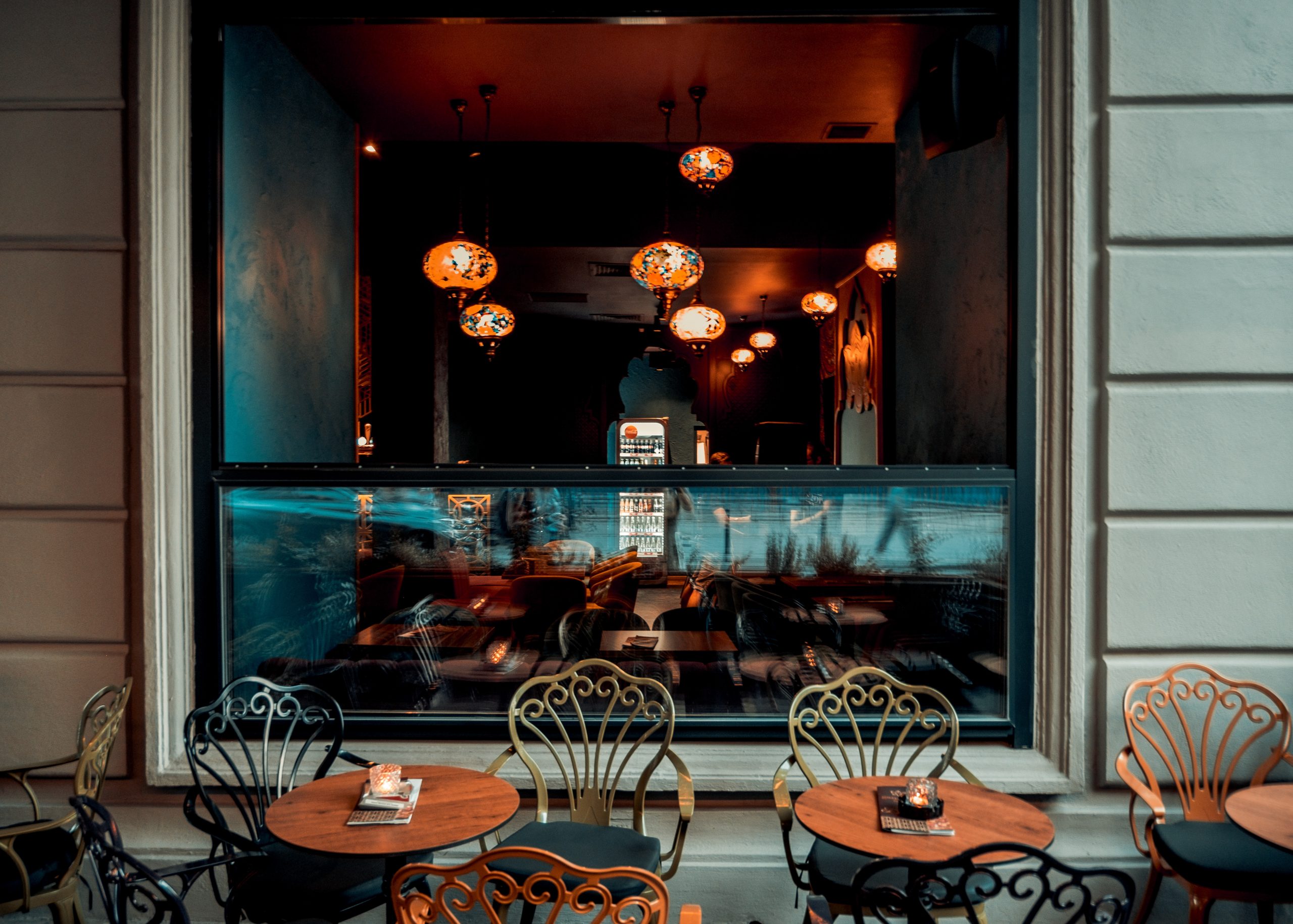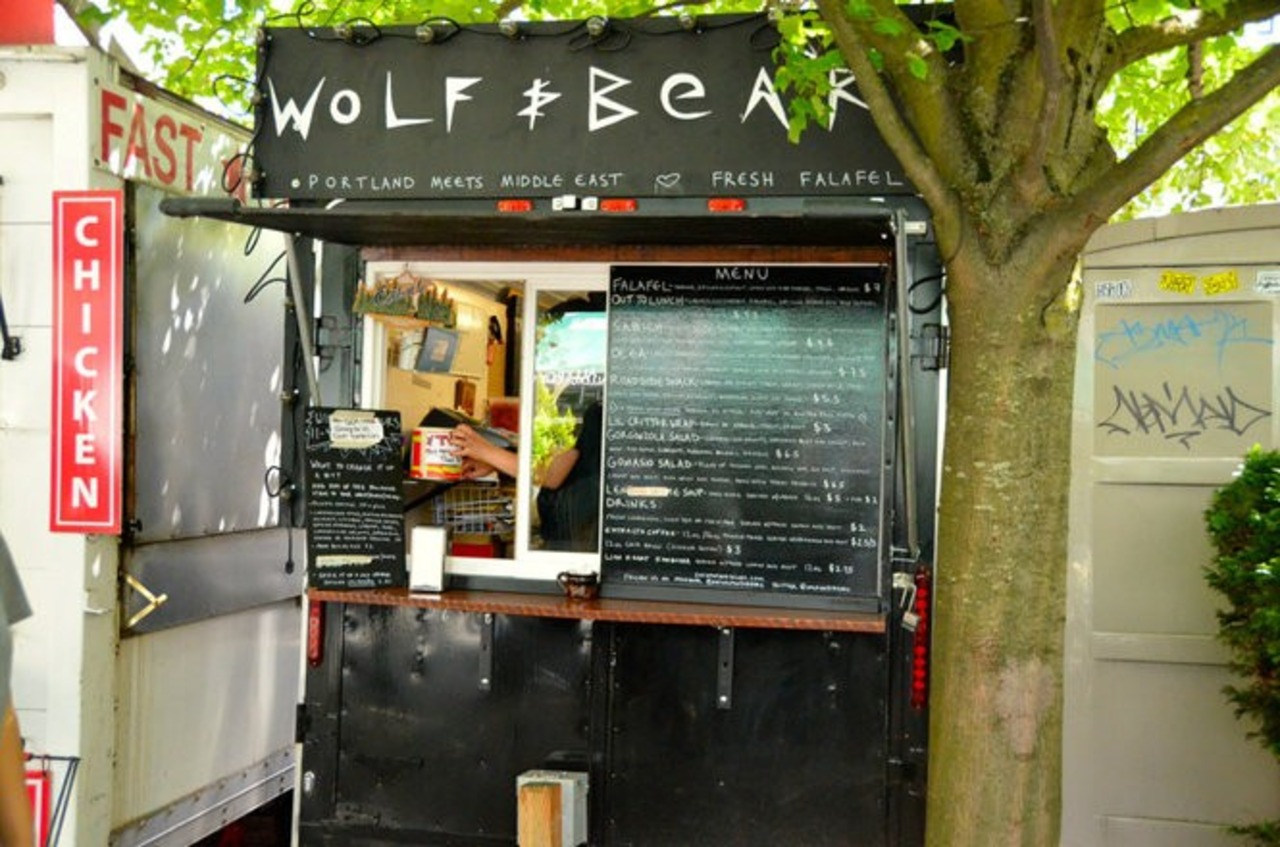In 2017, Europe received about 258 million visitors to its countries.
Europe is full of so many cultural experiences and things to do, and if you enjoy getting to know the country through your taste buds, you picked the right place.
There are so many good restaurants and options to choose from when traveling to Europe.
Where are the must-visit destinations for foodies on vacation in Europe? Learn where you have to eat in this travel guide to eating in Europe.
Catalan Countryside, Spain
If you want to visit Spain, you definitely need to take a trip to the Catalan Countryside.
This place offers one of the best culinary experiences, and you can go out of the city for some seasonal food festivities located in Alella.
You can sample a bunch of local wines and attend an alfresco feast which has calcotada. This food is a fire-grilled spring onion that is dipped in romesco sauce.
They are normally winter food, so make sure you plan your trip at the right time to be able to enjoy this food.
Italian Food
If you love Italian food, you definitely need to use a luxury vacation planner and add Italy to your itinerary.
You can take a culinary tour of Italy and visit the cities of Parma, Modena, and Blogona. You will be able to try all kinds of unique foods on this trip from Prosciutto di Parma to balsamic vinegar to Parmesan cheese.
Portugal and Spain
After you travel to the Catalan countryside, you should also visit other parts of Spain and Portugal.
You can take a food tour from Santiago de Compostela which is on the northern tip of Spain, all the way down to Lisbon, Portugal. While taking a tour of that coastline, you will learn how to cook a Galician feast by using fresh seafood that was caught right off of the coast.
You can also take guided food walking tours to learn about the local street food.
To top it all off, you can head to Douro valley and stay on a farm while trying some of the finest wines in the world.
Greece
Greece also offers many different options for food, and a lot of them are actually healthy and tasty. These fresh foods include some of their famous staples like feta cheese, fresh fish, filo pastries, and olive oil.
Their culinary culture is over 4,000 years old, and it’s actually very simple yet tasty all at the same time. They combine all kinds of different herbs, like mint and dill, to create some unique flavors.
They also offer lots of different meat options; they love to cook lamb.
One of the best regions in Greece for food is the Saronic Islands. It is close to the mainlands, but they have so many olive groves there.
You could also visit Intrepid and explore the beaches and fish markets there. It’s a fishing town, so you know the seafood there will be fresh.
Slovenia
Slovenia is a beautiful country, and it would actually be hard for you to be able to take a bad picture from anywhere in this country.
If you want to experience all of Europe in one little country, visit Slovenia. It has beautiful mountain ranges to cute little towns on the sea. You will also be able to find all kinds of food there.
You could find alpine stews, prsut (air-dried ham), and strudels.
You can head to Lake Bled for a romantic date and some adventure. This is one of the must-visits, and this area is known for its olive oils and wines. You can also book a meal with a local family in the area. Everything you eat will have grown on their property.
It’s a really unique way to immerse yourself in a new culture and food.
After dinner, you’ll have to try one of Lake Bled’s famous cream cake, the kremna rezina.
Scotland
If you want an indulgent trip and have some money to spend, Scotland should definitely be in your plans.
You can book a stay at the Isle of Sky’s Kinloch Lodge, which is a hotel and a Michelin-starred restaurant. If you book a certain package with them, you could even get a cooking class with Marcello Tully, the chef-director.
You could even get dinners at Kinloch’s restaurant. You can choose between a five or seven-course meal.
Croatia
Croatia is a truly beautiful place, and you won’t be able to stop from falling in love with it.
This home of 1,000 islands has so much sun, waterfalls, national parks, and beautiful seas. However, it also has amazing food.
The culinary capital of Croatia is Istria, so you need to make sure you visit that. There you’ll find truffles, steaks, prosciutto, and olive oil.
After you’ve visited there, you should try Zagreb, Zada, and Pula.
Zadar is in the region of Dalmatia, and this is a food lover’s heaven. It has so much fresh seafood, and they also have a locally-grown cherry liqueur. If you love sweet drinks, this is a must-try.
Learn More About Eating in Europe
Eating in Europe can be a great way to really learn the culture and see and experience all sorts of new things.
No matter what type of food you like or prefer, there will definitely be something for everyone in Europe.

 Tips & Advice5 years ago
Tips & Advice5 years ago
 News & Stories4 years ago
News & Stories4 years ago
 Restaurants4 years ago
Restaurants4 years ago
 Recipes4 years ago
Recipes4 years ago
 Kitchen Gadgets4 years ago
Kitchen Gadgets4 years ago
 Chefs5 years ago
Chefs5 years ago
 Kitchen Gadgets4 years ago
Kitchen Gadgets4 years ago
 Kitchen Gadgets4 years ago
Kitchen Gadgets4 years ago















